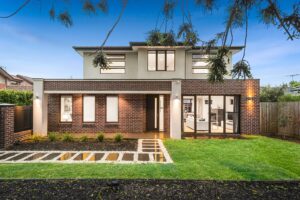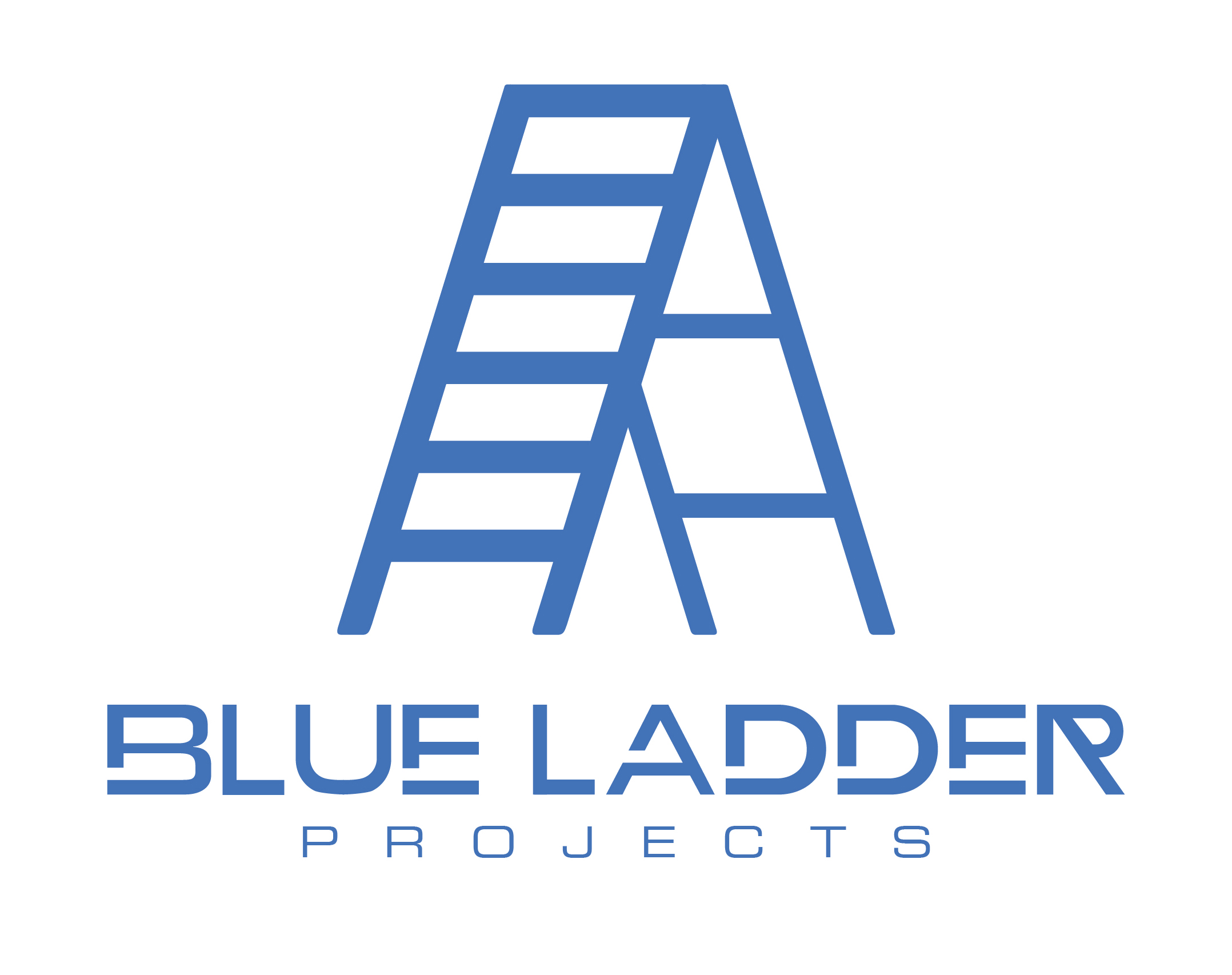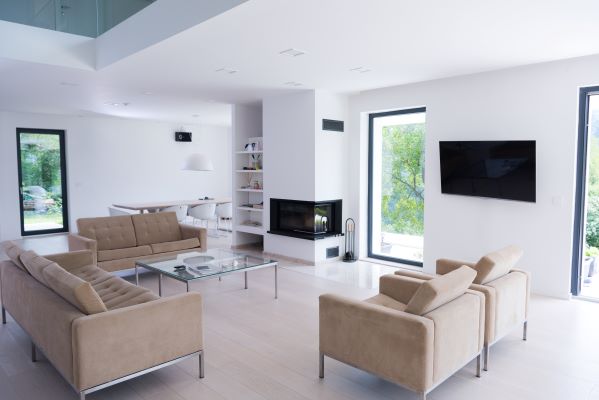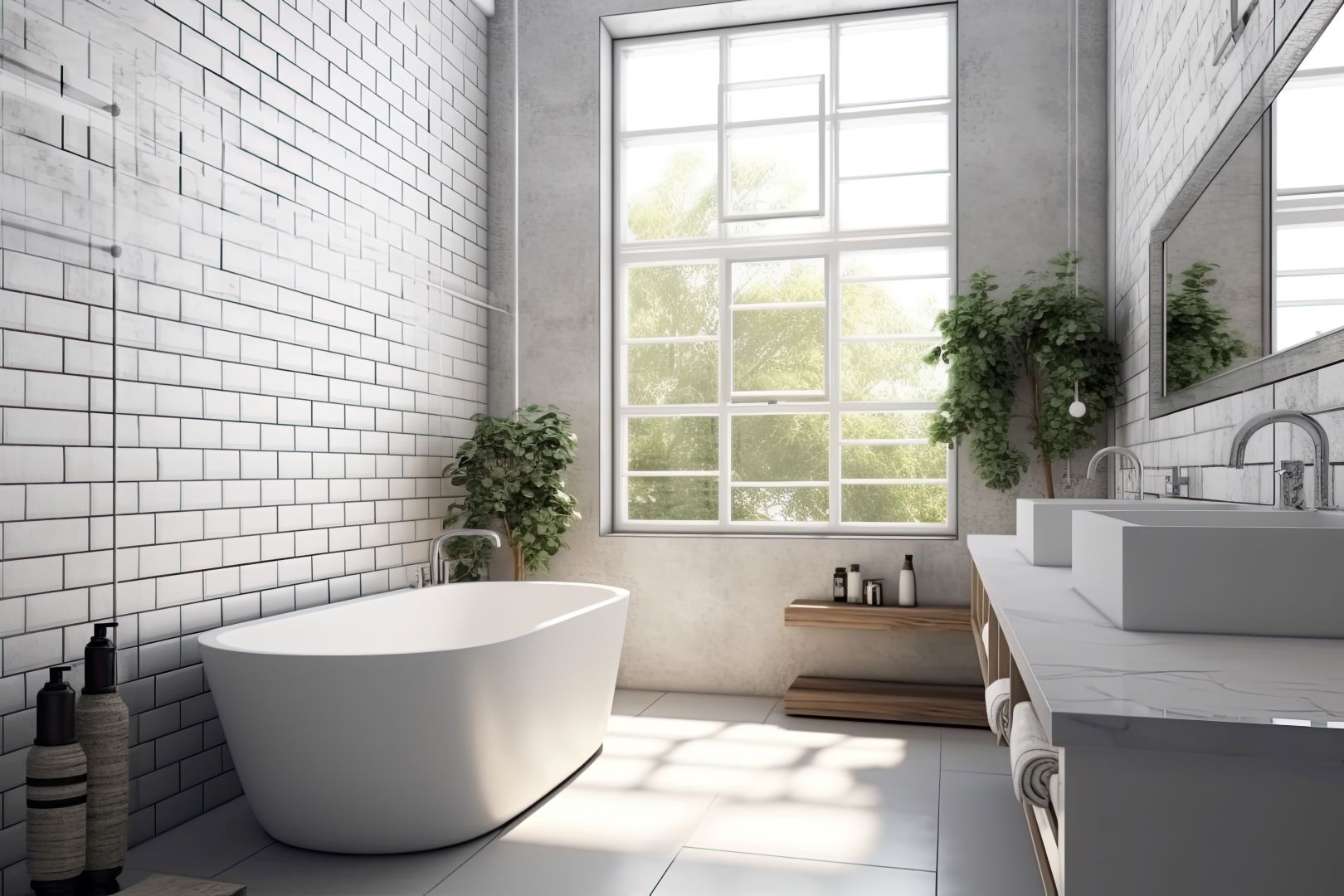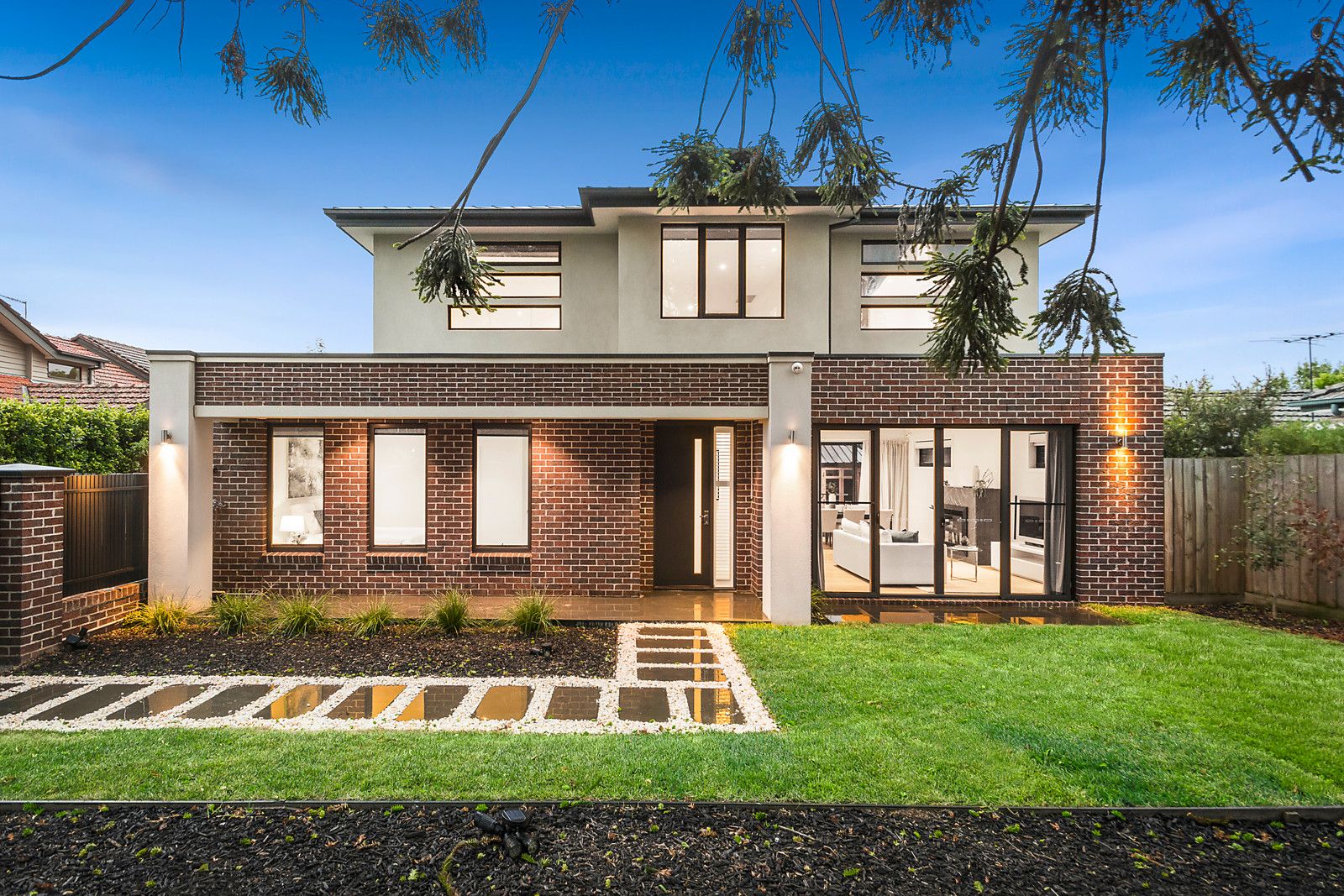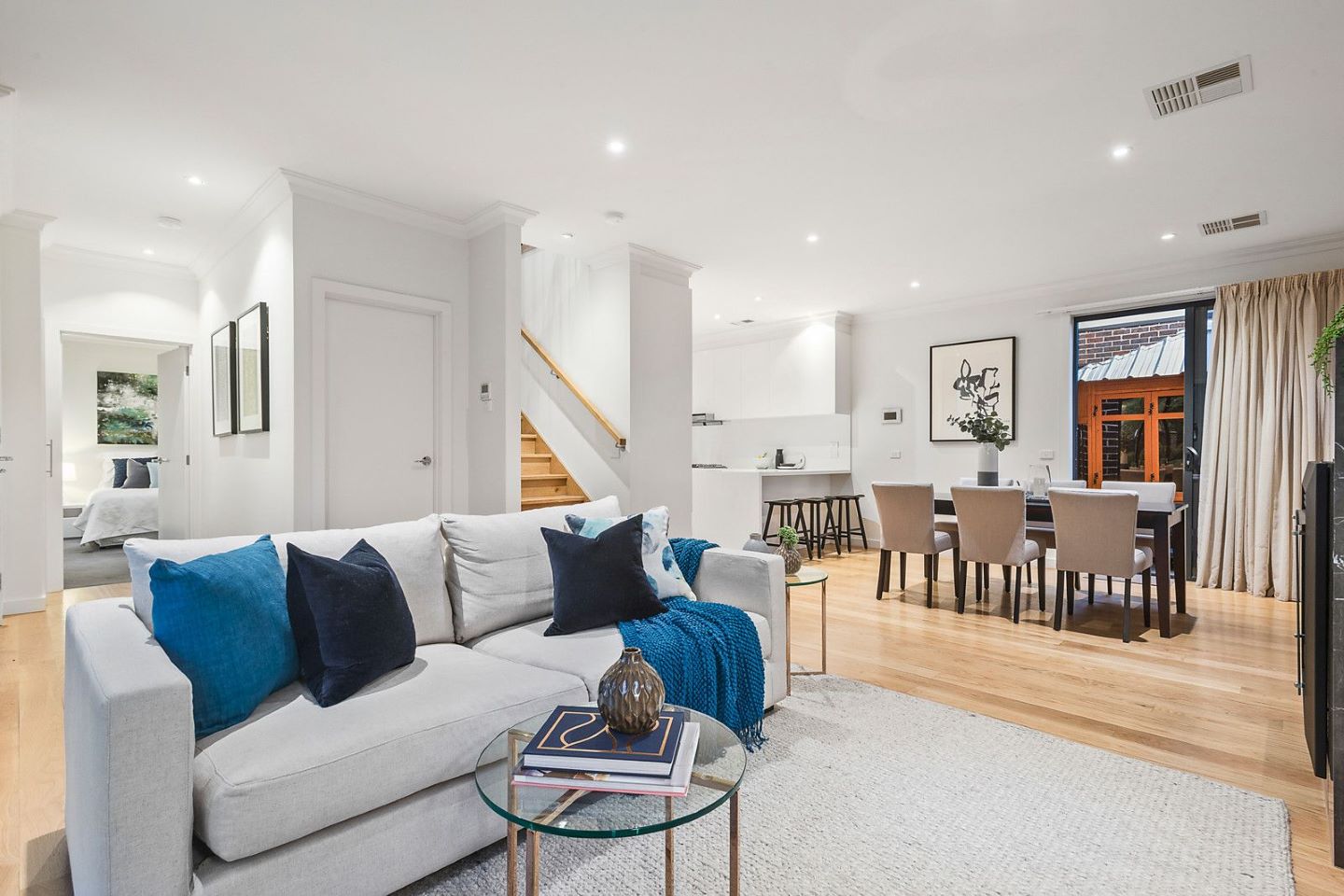Melbourne’s property market has seen remarkable shifts over the past few years, with several suburbs recording standout growth in median prices—despite the broader economic fluctuations since 2020.
According to recent PropTrack data, both unit and house markets have seen major gains, with a handful of suburbs emerging as the city’s top performers.
Unit Price Growth: Blackburn Leads the Way
Among Melbourne’s unit markets—which include apartments, units, and townhouses—Blackburn has taken the spotlight. The eastern suburb’s median unit price has jumped from $570,000 in 2020 to $765,000 in 2024, marking one of the strongest performances across the city.
Following close behind are:
- Hampton East – up from $687,500 to $975,000
- Doveton – from $386,500 to $535,000
- Hampton Park – from $410,000 to $560,000
- Beaumaris – from $895,000 to $1.175 million
These figures highlight the rising demand for more affordable or family-friendly living options outside Melbourne’s traditional inner suburbs, especially in areas with good transport, schools, or lifestyle appeal.
Top House Market Performers in Greater Melbourne
When it comes to standalone houses, the outer suburbs and regional fringes have seen some of the most significant surges in value. Topping the list is Lower Plenty, where the median house price has soared from $950,000 in 2020 to a staggering $1.586 million in 2024.
Other high-growth suburbs include:
- Gembrook – up from $650,000 to $1.0498 million
- Kinglake – from $606,500 to $930,600
- Research – from $1.0825 million to $1.6 million
- Longwarry – from $407,000 to $592,800
These areas, many of which offer semi-rural settings and larger blocks, have benefited from the post-COVID shift toward lifestyle living. More buyers are opting to move away from the inner city in favour of greener, more spacious environments—without sacrificing access to key amenities.
What’s Driving the Growth?
Several factors are fueling these price jumps:
- Post-pandemic lifestyle changes: With remote work more accepted, buyers are exploring outer suburbs and regional fringe areas.
- Infrastructure investment: Improved transport links, schools, and shopping hubs are making once-overlooked suburbs more desirable.
- Affordability: As inner-city prices remain out of reach for many, units and homes in more affordable pockets are gaining traction.
Final Thoughts
The data paints a clear picture: suburb selection matters more than ever. Whether you’re a first-home buyer, investor, or downsizer, understanding where property values are heading—and why—is key to making smart decisions in today’s market.
If you’re watching Melbourne’s real estate scene closely, these suburbs are definitely worth keeping on your radar.

